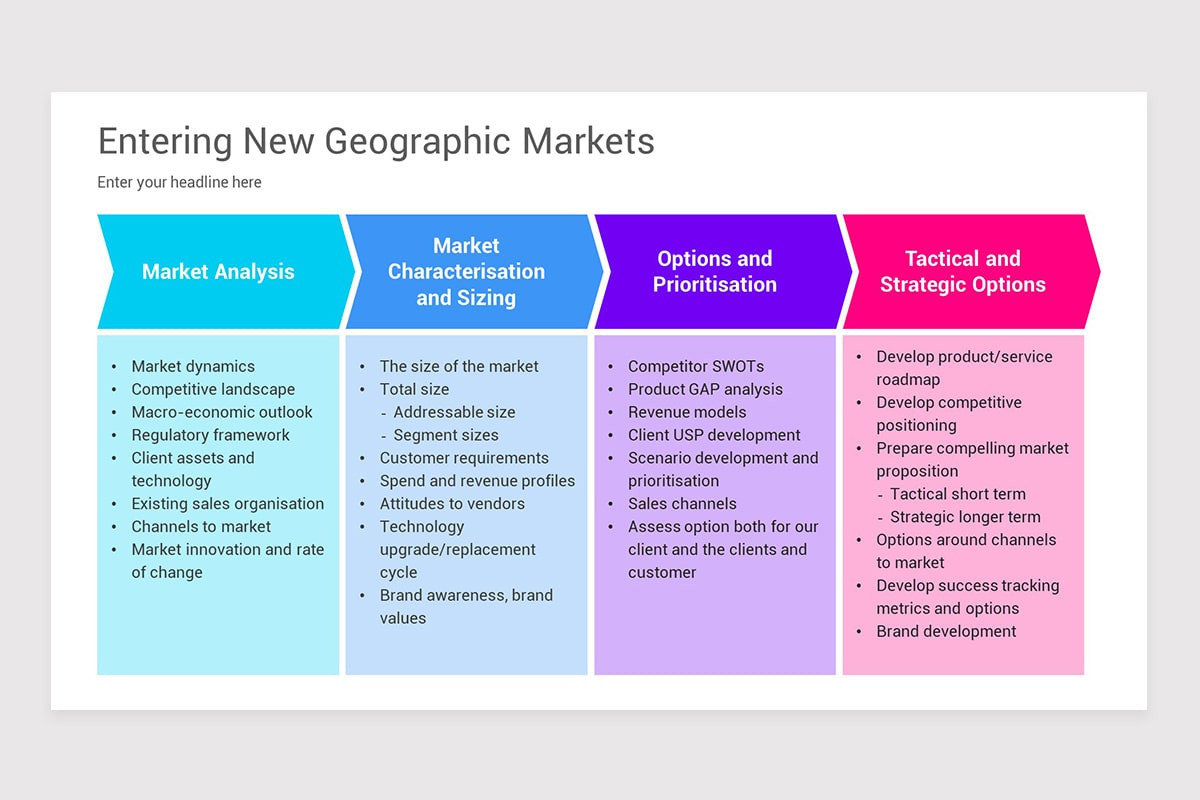BMW And Porsche In China: A Study Of Market Entry And Growth Challenges

Table of Contents
Market Entry Strategies: A Comparative Analysis
BMW's Approach:
BMW adopted an early-entry strategy, prioritizing localization and establishing strong manufacturing and distribution capabilities within China. This involved strategic joint ventures and partnerships, allowing them to gain a deeper understanding of the local market and leverage existing infrastructure.
- Joint Ventures: BMW Brilliance Automotive (BBA), a joint venture with Brilliance China Automotive Holdings, is a prime example, facilitating local production and distribution.
- Production Facilities: Multiple production plants across China enable BMW to cater to regional demands and minimize transportation costs.
- Model Adaptation: BMW has adapted models to suit specific Chinese preferences, including offering longer wheelbases in certain models to cater to the preference for rear-seat passenger space.
Porsche's Approach:
Porsche, while entering the Chinese market later than BMW, implemented an aggressive brand-building strategy focused on cultivating a premium image and experience. Their approach prioritized establishing a strong dealer network and creating exclusive brand experiences.
- Premium Dealer Network: Porsche prioritized establishing a network of high-end dealerships, emphasizing customer service and brand exclusivity.
- Targeted Marketing Campaigns: Porsche's marketing campaigns were meticulously crafted to target affluent Chinese consumers, highlighting the brand's heritage, performance, and exclusivity.
- Selective Model Introductions: Porsche carefully selected the models introduced to the Chinese market, focusing on those that resonated with the preferences of affluent Chinese consumers.
Comparative Analysis:
BMW's early entry and localization strategy provided a first-mover advantage, allowing them to establish strong production and distribution networks. However, Porsche's focus on brand building and exclusive experiences also proved highly effective, particularly in attracting a specific, high-spending segment. Both strategies had their merits; BMW achieved higher market share through widespread availability, while Porsche commanded premium pricing and high brand loyalty.
Growth Challenges and Opportunities in the Chinese Luxury Car Market
Intense Competition:
The Chinese luxury car market is fiercely competitive. Both BMW and Porsche face competition from established international players like Mercedes-Benz and Audi, as well as the rapidly emerging domestic luxury brands.
- Key Competitors: Mercedes-Benz, Audi, and increasingly, domestic brands like Hongqi and Lynk & Co, are major competitors.
- Market Share Dynamics: The market share of luxury brands is constantly shifting, influenced by new model launches, marketing campaigns, and economic conditions.
Economic Fluctuations and Governmental Policies:
Economic slowdowns and governmental policies, including import tariffs and emission regulations, significantly impact sales in the luxury car segment. Understanding these dynamics is crucial for success.
- Government Regulations: China's stringent emission standards and push towards electric vehicles (EVs) necessitate significant investment in new technologies.
- Economic Impacts: Economic uncertainty can dramatically reduce consumer spending on luxury goods, affecting sales of premium vehicles.
Adapting to Chinese Consumer Preferences:
Understanding and catering to the nuances of Chinese consumer preferences is paramount. This includes understanding cultural values, lifestyle trends, and digital communication habits.
- Successful Adaptations: Offering features specific to Chinese preferences (e.g., larger rear seats, advanced infotainment systems) has proven successful.
- Digital Marketing: A strong online presence and engagement through social media platforms are vital for reaching Chinese consumers.
Sustainability and Future Outlook for BMW and Porsche in China
Electric Vehicle (EV) Market Penetration:
The rapid growth of the EV market in China presents both opportunities and challenges. BMW and Porsche are investing heavily in EVs to remain competitive.
- EV Models: Both BMW and Porsche have launched or plan to launch several EV models tailored to the Chinese market.
- Charging Infrastructure: Investing in and supporting the development of charging infrastructure is crucial for EV adoption.
Technological Innovation and Digitalization:
Technological innovation and digitalization are reshaping the automotive industry in China. Connected cars, autonomous driving features, and advanced driver-assistance systems are gaining popularity.
- Connected Car Technologies: Integration of advanced connectivity features and infotainment systems is critical for attracting Chinese consumers.
- Autonomous Driving: Investment in and development of autonomous driving technologies are key to future competitiveness.
Long-Term Growth Projections:
The long-term growth potential for BMW and Porsche in China remains significant, but success will hinge on their ability to adapt to the evolving market dynamics. Continued investment in EVs, technological innovation, and a deep understanding of Chinese consumer preferences will be essential for sustained growth.
Conclusion: Understanding the Dynamics of BMW and Porsche in China
This analysis has revealed that while both BMW and Porsche have achieved significant success in the Chinese market, their strategies and challenges differ substantially. BMW's early entry and localization focused on broad market penetration, while Porsche’s later entry prioritized brand exclusivity. The competitive landscape is fierce, with economic fluctuations and governmental policies adding complexity. Adapting to evolving consumer preferences, particularly in the rapidly growing EV market, and embracing technological advancements are crucial for long-term success. We encourage further exploration of "BMW and Porsche in China," researching related keywords like "luxury car market China," "Chinese automotive industry," and "market entry strategies China" to gain a deeper understanding of this dynamic and important market.

Featured Posts
-
 Bencic Returns To Winning Ways First Wta Success Post Partum
Apr 27, 2025
Bencic Returns To Winning Ways First Wta Success Post Partum
Apr 27, 2025 -
 Paolini Y Pegula Fuera Del Wta 1000 De Dubai
Apr 27, 2025
Paolini Y Pegula Fuera Del Wta 1000 De Dubai
Apr 27, 2025 -
 Crumbachs Departure Assessing The Future Of The Spd Bsw Coalition
Apr 27, 2025
Crumbachs Departure Assessing The Future Of The Spd Bsw Coalition
Apr 27, 2025 -
 Ad Hoc Mitteilung Pne Ag Veroeffentlicht Ergebnisse Wp Hg 40 Abs 1
Apr 27, 2025
Ad Hoc Mitteilung Pne Ag Veroeffentlicht Ergebnisse Wp Hg 40 Abs 1
Apr 27, 2025 -
 Grand National 2025 A Comprehensive Guide To The Runners At Aintree
Apr 27, 2025
Grand National 2025 A Comprehensive Guide To The Runners At Aintree
Apr 27, 2025
